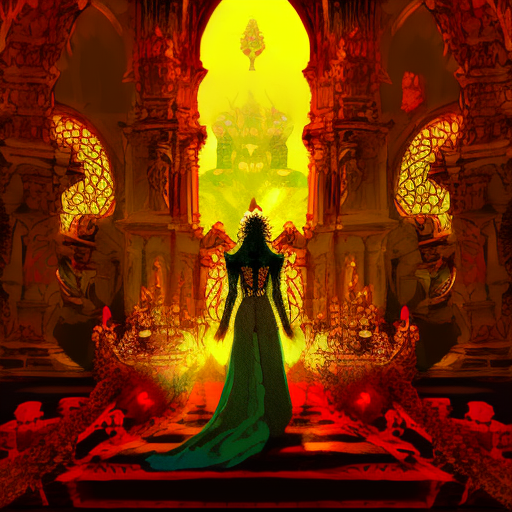One-line Summary:
In “The Queen’s Fool,” a young girl named Hannah Green becomes a pawn in the dangerous game of Tudor politics, serving as a fool to both Queen Mary and Queen Elizabeth I.
The Intriguing Life of Hannah Green
“The Queen’s Fool” by Philippa Gregory takes readers on a captivating journey through the tumultuous reigns of Queen Mary and Queen Elizabeth I, as seen through the eyes of a young girl named Hannah Green. Set in 16th century England, this historical fiction novel explores the complexities of religion, power, and love during a time of great upheaval.
Hannah Green, a Jewish girl, finds herself orphaned and alone after her father’s death. Seeking refuge, she disguises herself as a boy and becomes a fool, using her wit and intelligence to survive. However, her life takes an unexpected turn when she catches the attention of Robert Dudley, a close confidant of Queen Mary. Recognizing Hannah’s gift for reading people, Dudley convinces her to serve as a fool in the royal court.
As Hannah navigates the treacherous world of the Tudor court, she becomes entangled in the political machinations of the queens. She serves as a fool to both Queen Mary, a devout Catholic, and Queen Elizabeth I, a Protestant. Hannah’s unique position allows her to witness the inner workings of the court and the power struggles between the two queens.
The Clash of Religions and Power
Religion plays a central role in “The Queen’s Fool,” as the country is torn apart by the conflict between Catholicism and Protestantism. Queen Mary, known as Bloody Mary for her ruthless persecution of Protestants, is determined to restore Catholicism as the official religion of England. On the other hand, Queen Elizabeth I, known for her tolerance and moderation, seeks to establish Protestantism as the dominant faith.
Hannah, being Jewish, finds herself caught in the middle of this religious turmoil. She witnesses the brutal consequences of religious intolerance and the lengths to which people will go to protect their beliefs. Through her interactions with both queens, Hannah learns that power and religion are often intertwined, and that one’s faith can be used as a weapon to manipulate and control others.
A Tale of Love and Betrayal
Amidst the political intrigue, “The Queen’s Fool” also explores themes of love and betrayal. Hannah finds herself torn between her loyalty to the queens and her growing affection for Daniel Carpenter, a young man who is deeply involved in the Protestant cause. Their forbidden love affair adds an element of danger to Hannah’s already precarious position in the court.
As the story unfolds, Hannah must make difficult choices that will determine her fate and the fate of those she cares about. She grapples with questions of loyalty, trust, and the sacrifices one must make for love. Through her experiences, readers are reminded that love can be both a source of strength and vulnerability in a world driven by power and ambition.
Key Takeaways:
- Religion and power often go hand in hand, leading to conflict and persecution.
- Love can be both a source of strength and vulnerability in a world driven by power and ambition.
- One’s faith can be used as a weapon to manipulate and control others.
“I have learned that love is like a flower, and loyalty is like the stem. If you cut off the stem, the flower will die.”
In “The Queen’s Fool,” Philippa Gregory weaves a captivating tale of political intrigue, religious conflict, and forbidden love. Through the eyes of Hannah Green, readers are transported to the Tudor court, where power and ambition reign supreme. This novel serves as a reminder of the timeless themes of loyalty, betrayal, and the complexities of human relationships.












